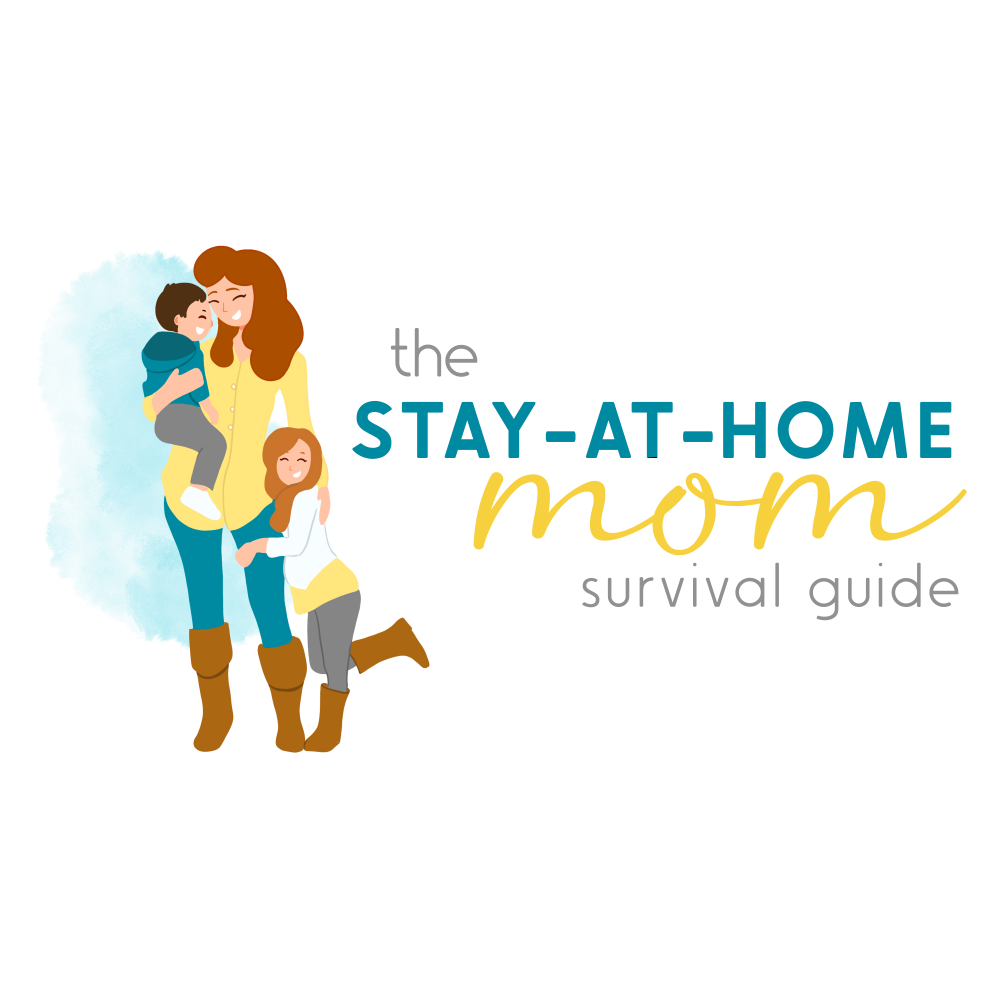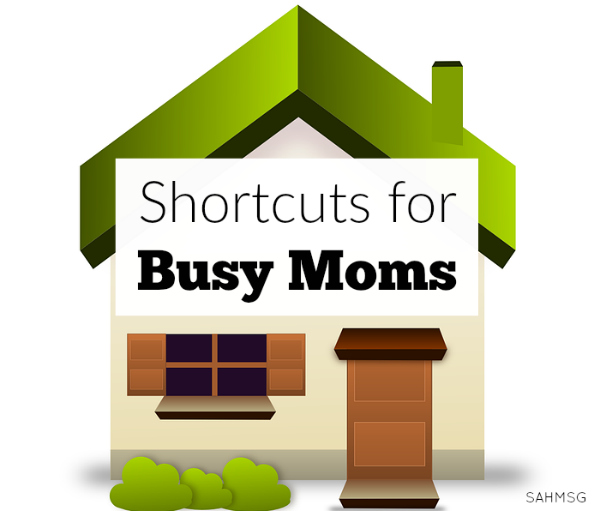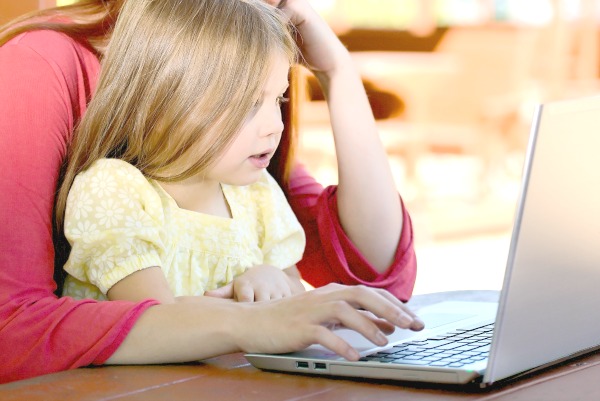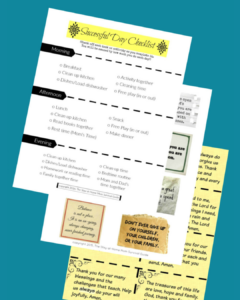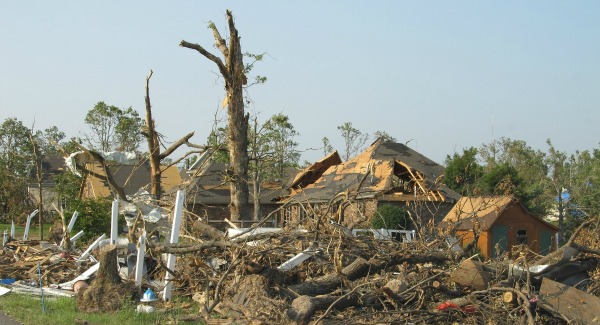
{Post by Jessie}
We experienced an unpredictable wildfire only miles from our home. Trying to scramble to prepare was stressful. It got me thinking about creating a natural disaster survival kit to be prepared ahead of time.
How to Prepare for a Natural Disaster
Being prepared ahead of time can make all the difference in getting your family to safety when disaster strikes.
Here are a few tips I learned the hard way to prepare for a natural disaster now.
Steps to Prepare for a Natural Disaster
1. Create a Survival Kit:
You can estimate that it may take seventy-two hours or longer for help to arrive in the event of a widespread disaster. Having a survival kit that is not only easy to transport (alone or with assistance), but holds a substantial amount of items (for all members of your family) needed to survive a few days without power, food or water may make all the difference. It could be what determines how well your family fares in the event of a disaster.
Begin with a large container, such as a covered trash receptacle or plastic tote to store your survival kit. Large families should consider creating multiple kits.
Here are a few items to include:
(Hint: Pack these items in order from the bottom of your container to the top.)
Water: Store water in plastic containers (gallon jugs work well) and avoid containers that break easily.
Set aside at least 1 gallon of water per person per day and keep no less than a 3 day supply. Consider adding a water purifying kit in the event that water rationing is imposed.
Sanitation Items:
- multi-surface disinfectant
- household chlorine bleach
- toilet paper
- tissues
- liquid soap and detergent
- feminine supplies
- personal hygiene items
- plastic garbage bags and ties for personal sanitation use
- plastic bucket with tight fitting lid
Tools and Supplies:
- Mess kits or paper cups, plates and plastic utensils
- emergency preparedness manual
- battery-operated radio and extra batteries
- flashlights and extra batteries
- cash and change
- manual can opener
- utility knife
- cans of Sterno
- small fire extinguisher
- pliers, screwdriver, hammer, shovel, ax
- duct tape
- compass
- matches in a waterproof container
- aluminum foil
- plastic storage containers
- emergency flares
- paper and pencil
- sewing kit
- shut-off wrench for household gas and water
- whistle
- plastic sheeting
- spare cell phone battery or solar charger
First Aid Kit: It’s best to have one kit assembled for your home, and another for each vehicle.
The American Red Cross first aid kit recommendations are on their website.
Food: Store at least a three-day supply of nonperishable food. Select foods that require no refrigeration, preparation, or cooking and little to no water.
Pack a can of Sterno to heat food.
Suggestions of lightweight and compact food items include ready-to-eat canned meat, canned fruits and vegetables, canned juices, staples (salt, pepper, sugar, spices, etc.), high-energy foods, vitamins, food for infants and pets.
2. Create a Bug-Out Bag:
When we received the evacuation orders for the wildfire in our area, the last thing I wanted to worry about grabbing was clothing for me and my family. Each of us has a backpack packed and ready in case we need to leave home quickly.
Our bags include a change of clothes for 3 days (comfortable pants and shorts, long sleeve and short sleeve tops, underwear, socks, and a sweatshirt), shoes, and spare hygiene gear.
Kids should be able to wear their own bags, and their clothing should be swapped out as they grow!
3. Important Documents:
Invest in a small plastic filing cabinet to hold all household important documents. This includes birth certificates, marriage certificates, tax documents, medical information, and papers important to your mortgage and vehicles.
Keeping this small, portable, and accessible will save you time and energy in the event of a rapid evacuation.
4. Create an Evacuation Plan:
Discuss with your children what to do and where to go in case of an emergency. There are many printable emergency planning worksheets available to help.
Practice leaving the house quickly, and create a designated meeting place.
Teaching your children both parents’ phone numbers, and your address is very important in the event you are separated.
Don’t wait until you face an incoming natural disaster to prepare! Prepare for a natural disaster with these 4 tips and suggested guidelines so your family will have what you need at a moments notice.

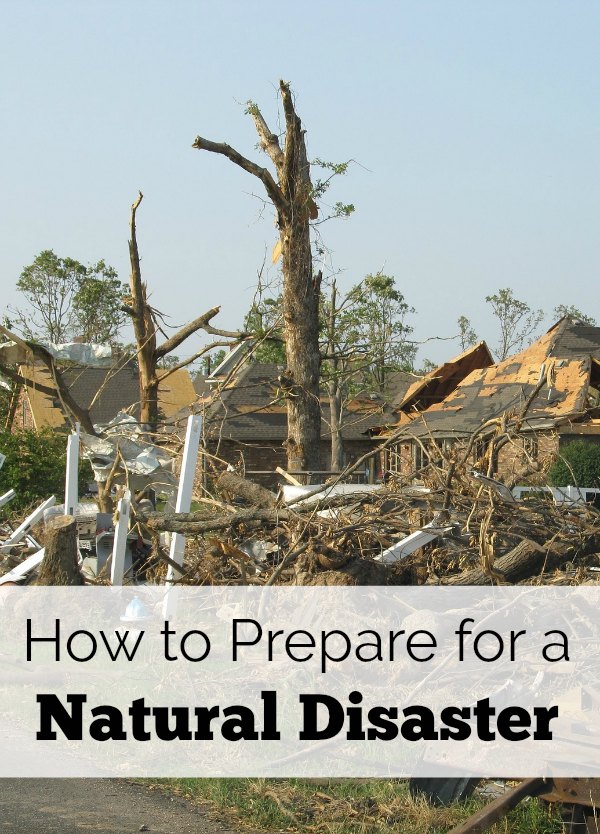
 Jessica is a stay at home mom of two lovely little girls. She is also a military spouse and an entrepreneur. Jessica enjoys staying active and spending time outdoors with her family, cooking, and reading. In addition, Jessica is hard at work growing her company Five O’Clock Jelly and her wellness coaching business with Young Living.
Jessica is a stay at home mom of two lovely little girls. She is also a military spouse and an entrepreneur. Jessica enjoys staying active and spending time outdoors with her family, cooking, and reading. In addition, Jessica is hard at work growing her company Five O’Clock Jelly and her wellness coaching business with Young Living.
